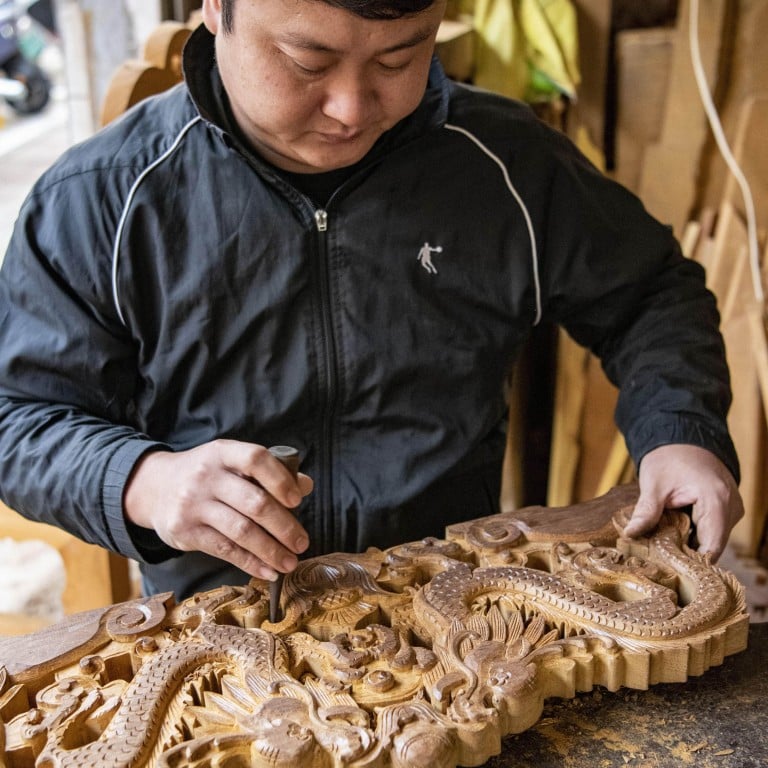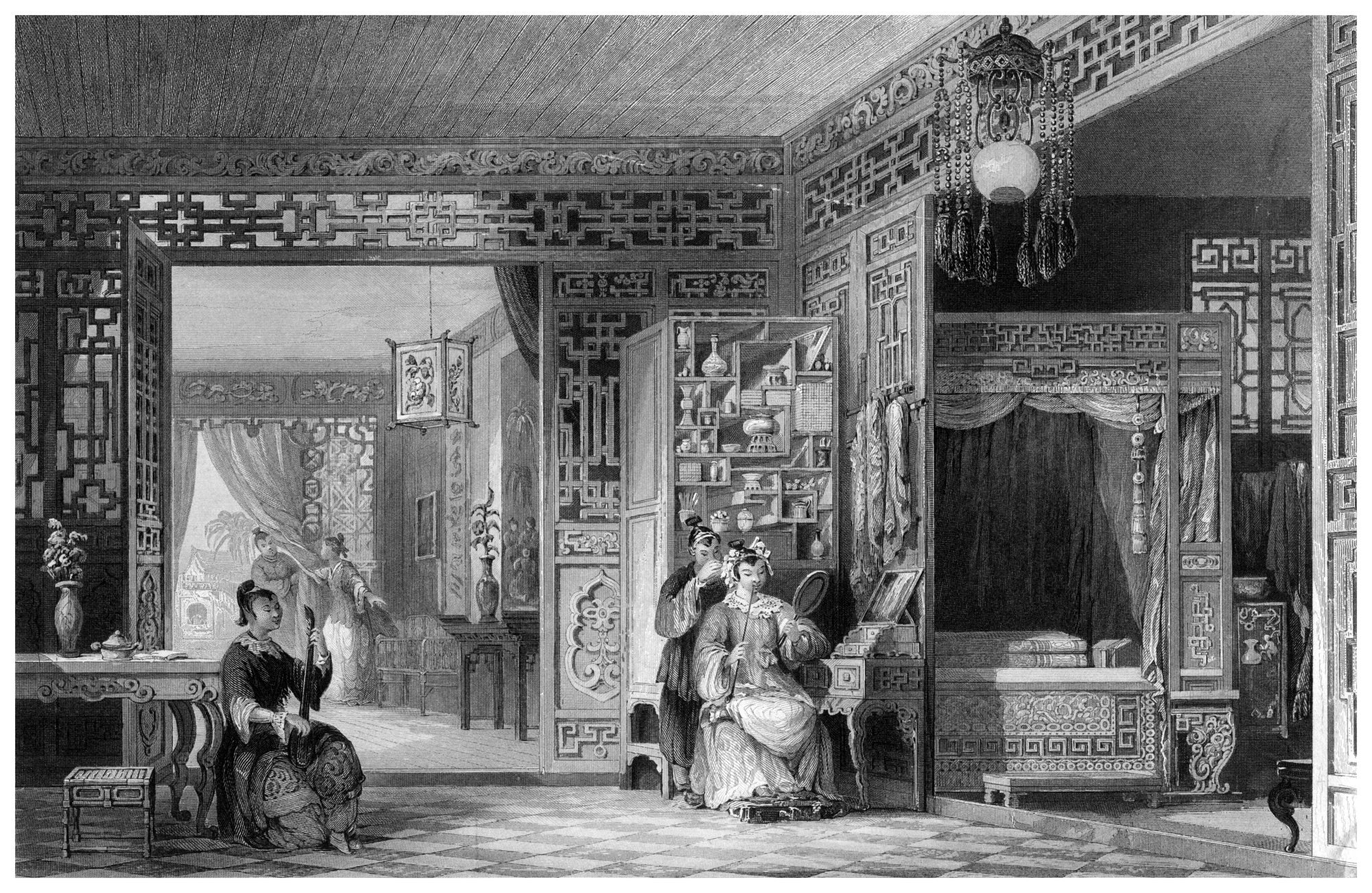
The proud, cultured Chinese consumers whose taste for rosewood and blackwood carved Cantonese furniture has revived a traditional craft
- Cantonese furniture carved from rosewood and blackwood was once a marker of Chinese craftsmen’s skills, until shoddy copies of foreign styles became popular
- Now one positive aspect of resurgent Chinese nationalism is confidence in, and demand for, such talismanic native products, and old skill sets are being revived
One pleasing consequence of increasing affluence in China in recent decades has been an enhanced appreciation for traditional Chinese craftsmanship.
A positive outgrowth of resurgent and, sadly, often rebarbative national confidence has been the decision to buy everyday items that reflect who the individuals feel themselves to be; confident, modern citizens of their own country.
Being surrounded by shoddy Hong Kong copies of a Taiwanese take on some stylised Japanese version of a once-upon-a-time French original does not satisfy people whose self-image no longer requires external validation filtered through several layers of other people’s tastes.
In tandem, once threatened traditional skill sets have been revived by the patronage of cultured persons prepared to pay for top-quality products made by highly skilled artisans. Furniture manufacture reflects this gathering trend.

From 1758 until 1842, Canton was the only city in China open to foreign trade. Throughout the 18th and 19th centuries, overseas awareness of Chinese furniture mostly came from exposure to Cantonese interior design tastes.

Once considered to be lifetime purchases and subsequent heirlooms, much found its way to Southeast Asia; high-quality pieces sometimes appear in small-town second-hand shops in Malaysia, Indonesia, Thailand and Vietnam.
Paler-coloured wong fah lei (“yellow-flowering pear”) wood was a northern China speciality; unsuitable for hot, humid climates where it was prone to warping and splitting, pear wood furniture was not commonly exported.
Other timbers were used for particular furniture items. Camphor wood was grown in Fujian province and in Taiwan; by the 1890s most mature specimens on the Chinese mainland had been cut and once-plentiful reserves were depleted.
When the Japanese took over Taiwan, in 1895, unexploited camphor forests were an additional economic benefit.
Chinese green-glazed ceramic tiles and decorative items make a comeback
Ornate camphor-wood chests were popular tourist purchases in Hong Kong when travel by sea was usual. Other items bought along the way could be stored in them – minimising the risk of breakage – and stowed away in the hold for the homeward journey.
Blackwood chair backs were often inset with marble; cool to the touch, as well as decorative, the best slabs were sliced and polished to reveal thinly streaked black veins that – with poetic imagination – resembled the cloud-shrouded crags and peaks of Chinese mountain landscapes.
An advantage of Cantonese blackwood was durability; an essential attribute given the brutal banging of tiles that a mahjong table sustains during decades of use.
Top-quality antique Cantonese blackwood furniture, along with superb-quality reproductions, can be found in Guangzhou; the best shops are close to the former foreign settlement at Shamian, on the Pearl River.

Most high-quality hardwood destined for furniture manufacture in China was imported from Southeast Asia. Because of deforestation in Malaysia and Indonesia, supplies have dwindled and cabinet-making-quality timber is increasingly sourced from West Africa, Brazil, elsewhere in South America and – perhaps surprisingly – Papua New Guinea.
Well-made furniture crafted from these tropical woods could and should be a lifetime investment. Sadly, like much else today, furniture is often thrown away when tastes change, people move house or luck-enhancing home decor changes are mandated by one’s feng shui master.

